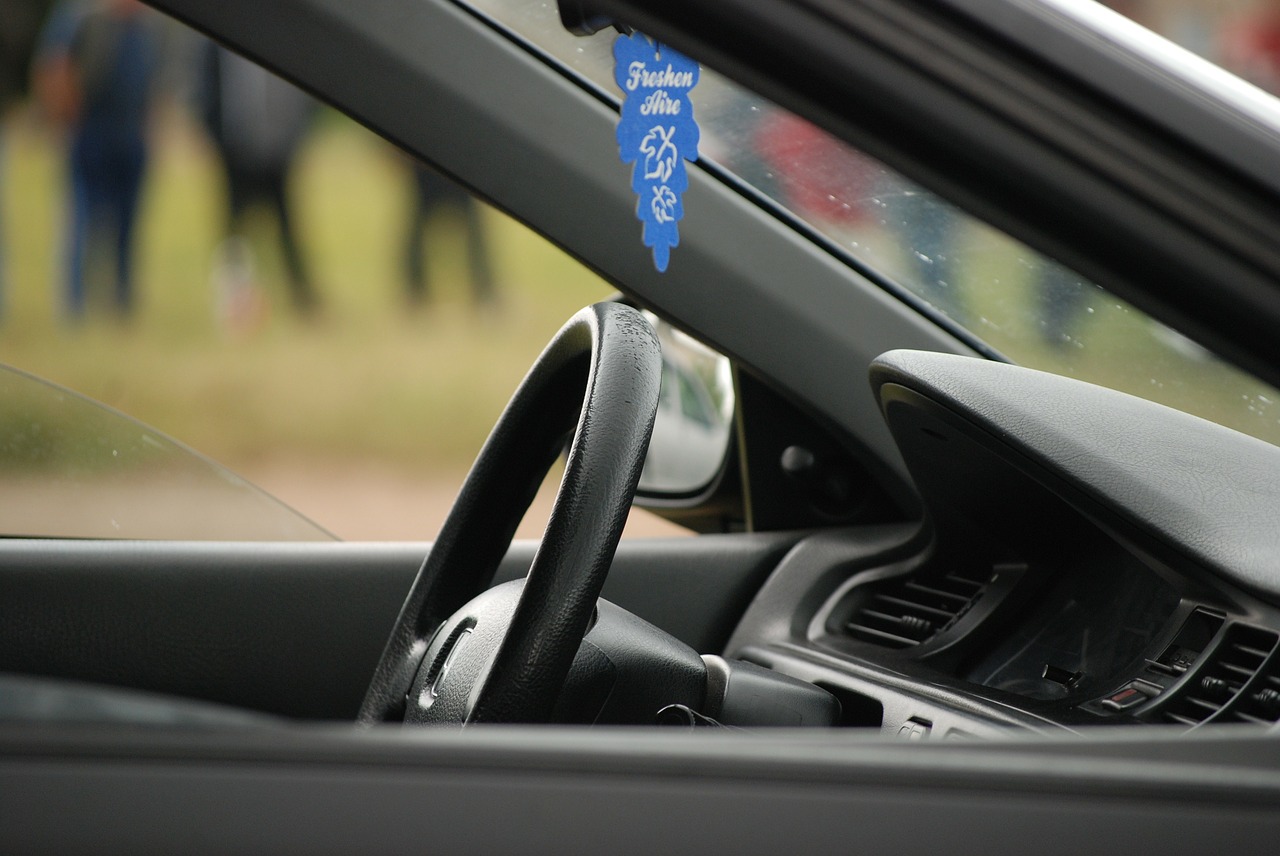Having to go without a car must be one of the most frustrating experiences known to man; especially when it is the result of a problem that could have been avoided with a bit of due diligence.
Accidents, breakdowns and mechanical faults can lead to cars being inaccessible for weeks at a time, let alone the expensive repair costs.
However, there are a few things that you can anticipate and address, which could make a huge difference to both your stress levels and your wallet.
The basics: your engine, wheels and tyres
Check your oil – If your vehicle’s oil level is too high or too low, it could potentially cause damage to the engine. Regular oil changing ensures that any dirt or metal particles are flushed out of the engine. Before checking your vehicle’s oil, ensure it is parked on a level surface and wait for the engine to cool down after driving.
Clean the engine – In an ideal world, your engine should be cleaned out on a yearly basis. It is a lot easier to spot any potential issues if the engine is clean and you will be less likely to get covered in grease and filth when performing any maintenance. The engine can be cleaned easily by using a stuff brush and a small amount of washing up liquid – just make sure it has been thoroughly rinsed out before you drive!
Check your cam belt – If your vehicle has a cam belt, instead of a chain, this can easily start to break down – due to the belt being made from rubber. Make sure that your belts are checked regularly for any wear and tear, because typically they should be changed every 50,000 miles.
Tyre rotation – By rotating your tyres regularly you are not only preserving your tyres, by giving them a more even tread wear, but this will also save you money. Realistically, your tyres should be rotated every 5000 miles, but it is always best to consult your manufacturer’s manual for details about your make and model.
Wheel alignment – Improper wheel alignment can significantly reduce the life of your tyres and make the vehicle harder to drive. Again, the manufacturer’s manual will provide you with information on how regularly this should be tested.
The aesthetics
Think about your parking – Try to keep your vehicle parked in shaded spots for prolonged periods in the summer. The sun is notorious for causing paint to fade and peel over time.
Have some spare paint to hand – If your paint does begin to peel, or you get any small scratches on the car, it is important to remedy these as soon as possible. By keeping some spare paint at home, you can tend to these problems quickly in order to avoid a rust build-up.
Regular waxing – Waxing your vehicle not only gives it a nice a shine, but it also protects it from damage. Waxing can also help prevent paint chips, by making the surface smoother and reducing friction, but it also protects the car from contaminants in the air.
Driving
You may not be surprised to hear that driving your vehicle sensibly is one of the best ways to prolong your car’s life and save you money in the long-run.
Here are a few tips:
- Keep away from potholes and objects in the road to extend the life of your tyres and suspension springs.
- Avoid sharp turns, high speeds and over accelerating, particular in adverse weather conditions.
- Avoid revving your engine when starting the car, especially in chilly weather.
- Try to change into neutral when you need to stop, due to traffic lights or congestion. This will reduce your vehicle’s fuel consumption.
- Avoid short, unnecessary journeys. Vehicles are most susceptible to damage during the first few minutes of driving, when they are effectively warming up.
This content has been provided by car leasing brokers CVSL.


